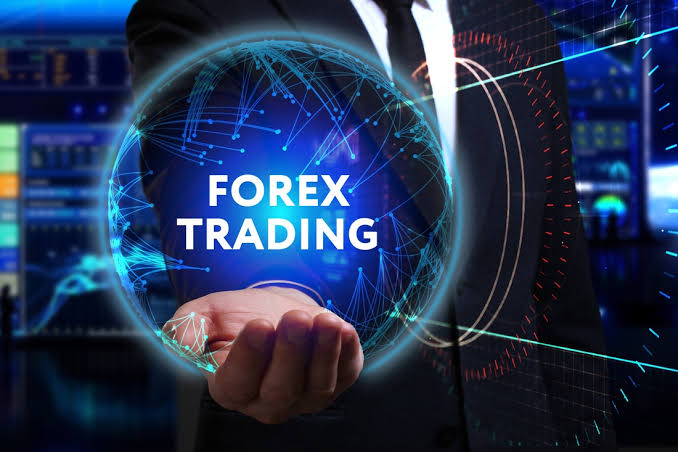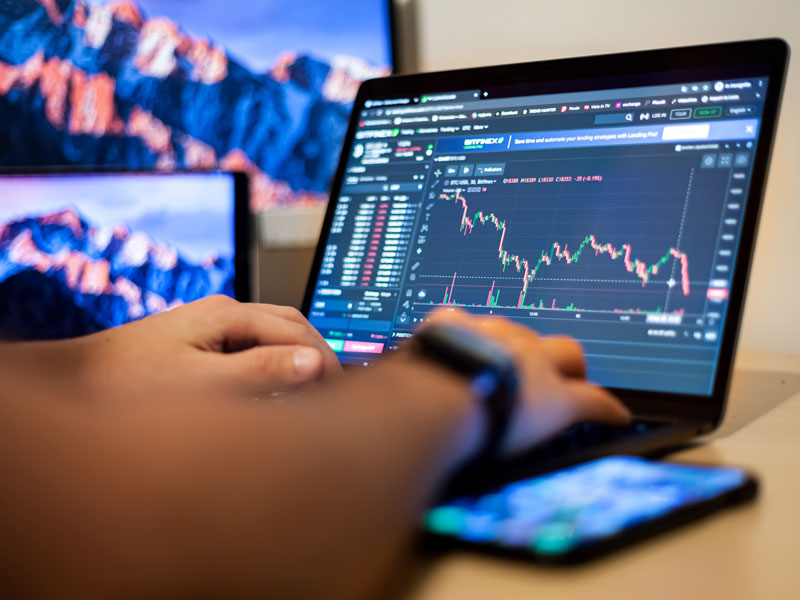Maximizing Your Potential in the Forex Trading Business
Posté le 11 novembre 2025 dans ltrading17 par Isidore Monzongoyi.
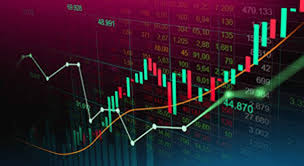
Maximizing Your Potential in the Forex Trading Business
In recent years, the forex trading business Indian Trading Platforms have gained immense popularity among traders. Forex trading, short for foreign exchange trading, is one of the most dynamic and lucrative financial markets in the world. With potential returns that attract both seasoned and novice traders, understanding the mechanics of forex trading can help anyone break into this exciting business. In this article, we will explore the fundamentals of forex trading, essential strategies, and tools that new traders can use to maximize their success.
What is Forex Trading?
Forex trading involves the buying and selling of currency pairs in the global market with the aim of making a profit. The forex market is the largest and most liquid financial market in the world, with an average daily trading volume exceeding $6.6 trillion. Unlike stock trading, forex holds a unique advantage because it is available 24 hours a day, five days a week, providing unmatched flexibility for traders.
Understanding Currency Pairs
Currency trading always occurs in pairs; this means that to trade one currency, you have to trade it against another. The first currency in a pair is known as the base currency, while the second is the quote currency. For instance, in the EUR/USD pair, EUR is the base currency, and USD is the quote currency. Traders speculate whether the base currency will strengthen or weaken against the quote currency. If you believe that the Euro will strengthen against the US Dollar, you would buy the EUR/USD pair.
Types of Forex Analysis
Successful forex trading is built on thorough analysis. There are several methods traders use to analyze the forex market: technical analysis, fundamental analysis, and sentiment analysis.
Technical Analysis
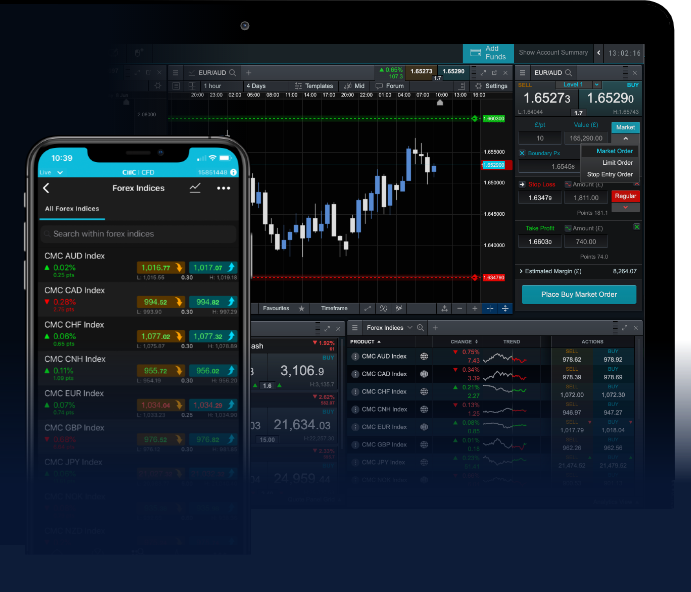
Technical analysis involves studying price charts and historical price data to predict future price movements. Traders use various indicators such as moving averages, Relative Strength Index (RSI), and Bollinger Bands to identify potential entry and exit points. It relies heavily on patterns and trends that can be derived from price action.
Fundamental Analysis
Fundamental analysis involves examining economic indicators, news events, and geopolitical situations that influence currency values. Key indicators include interest rates, unemployment rates, and GDP growth. Traders who utilize this type of analysis look for significant economic announcements that can affect their positions in the currency market.
Sentiment Analysis
This analysis type assesses the overall mood of the market. It aims to gauge whether the market is bullish (optimistic) or bearish (pessimistic). Indicators such as the Commitment of Traders report can provide insights into the positions of major players in the market, thus influencing trading decisions.
Choosing the Right Trading Platform
The choice of trading platform can significantly affect your forex trading success. Here are some vital factors to consider when selecting a trading platform:
- Regulation: Ensure that the platform is regulated by a credible authority to assure safety of your funds.
- User Interface: A user-friendly interface can significantly impact your trading experience.
- Access to Tools: Look for platforms that provide essential tools and resources for analysis.
- Customer Support: Reliable support services are crucial, especially for troubleshooting and assistance.
Developing a Trading Strategy
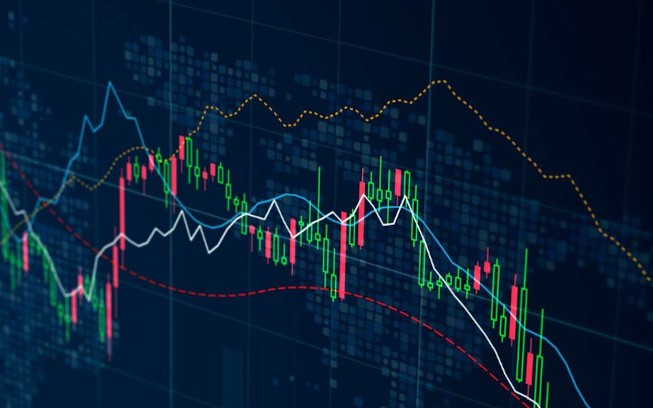
A solid trading strategy is crucial for long-term success in the forex market. Here are steps to identify and develop your own trading strategy:
- Define Your Goals: Decide what you want to achieve as a trader.
- Risk Tolerance: Assess how much risk you can afford to take.
- Choose a Trading Style: Determine whether you prefer day trading, swing trading, or long-term investing.
- Backtest Your Strategy: Test your strategy using historical data to evaluate its potential effectiveness.
- Stay Disciplined: Keep emotions in check and adhere to your trading plan.
Managing Risk Effectively
Risk management is an integral part of forex trading. Without proper risk management strategies, even the best trading setups can lead to significant losses. Here are some tips:
- Use Stop-Loss Orders: Setting stop-loss limits helps protect your investment by automatically closing positions at a predetermined price.
- Position Sizing: Determine the amount of capital to risk on each trade based on your total capital.
- Diversification: Avoid putting all your capital into a single trade; spread your investments across various currency pairs.
- Regularly Review Trades: Analyze past trades to identify successes and failures, helping you refine your approach.
Continuous Learning and Improvement
The forex market is continually changing, driven by economic indicators, geopolitical events, and market sentiment. Thus, continuous education and improvement are crucial. Traders should stay updated with the latest news, market trends, and educational resources. Engaging with trading communities and forums can provide valuable insights and improve overall trading knowledge.
Conclusion
Entering the forex trading business requires dedication, effort, and continuous learning. By understanding the fundamentals, choosing the right platform, and developing effective strategies while managing risk, traders can significantly increase their chances of success in this fast-paced market. Remember, forex trading is not just about making profits but also about making informed decisions and maintaining discipline throughout the trading journey. With the right approach and mindset, anyone can succeed in the forex trading business.
